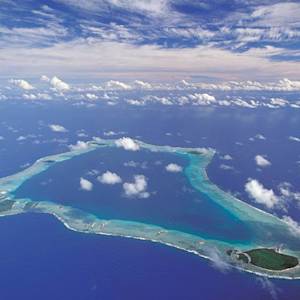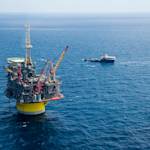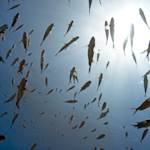Papahānaumokuākea, world's largest no-take zone
2006 CE • Hawaii, North Pacific
"Located 155 miles northwest of the Hawaiian Archipelago lies one of the world’s largest marine protected areas: Papahānaumokuākea National Monument. Only recently overtaken by Antarctica’s Ross Sea, the monument boasts a large, tropical, and biodiverse community. The fishing exclusion zone of Papahānaumokuākea covers 583,000 square miles, an area larger than all national parks in the U.S. combined, since President Barack Obama quadrupled its size in 2016 [now the largest no-take zone in the world]. In addition to extending the monument’s boundary, President Obama prohibited commercial fishing out to the 200-mile limit of the exclusive economic zone . . . Papahānaumokuākea serves as a sanctuary for endangered populations like blue whales, sea turtles and Hawaiian monk seals. A quarter of the species found in the monument are found nowhere else in the world, so this exclusion zone plays a key role in maintaining biodiversity in Pacific seas . . . However, experts believed that conservation efforts through all kinds of MPAs were largely ineffective when addressing species targeted by fisheries, like tuna. Because fish travel long distances, it was assumed no MPA would be large enough to shelter these populations and allow for recovery. Papahānaumokuākea, however, is over four times the size of California . . . A study published in Science in October of this year demonstrated spillover benefits from Papahānaumokuākea into increased fishing yields in the surrounding waters for tuna species central to Hawaiian diet and culture . . . Since the reserve expanded, yellowfin tuna catch rates have increased by 54% and bigeye by 12% . . . For a species previously in decline, these numbers provide hope of sustainable harvesting in the long run."
Hallie Cordingley, "Here’s How the World’s Largest No-Fishing Zone Helped the Fishing Industry," Emerald Review, January 27, 2023.
Image: Papahānaumokuākea Marine National Monument via Flickr, Public domain


Learn about Maya Lin’s fifth and final memorial: a multi-platform science based artwork that presents an ecological history of our world - past, present, and future.

Discover ecological histories and stories of former abundance, loss, and recovery on the map of memory.

Learn how we can reduce our emissions and protect and restore species and habitats – around the world.

See how art can help us rethink the problems we face, and give us hope that each one of us can make a difference.

Help make a global memorial something personal and close to home. Share your stories of the natural world.


